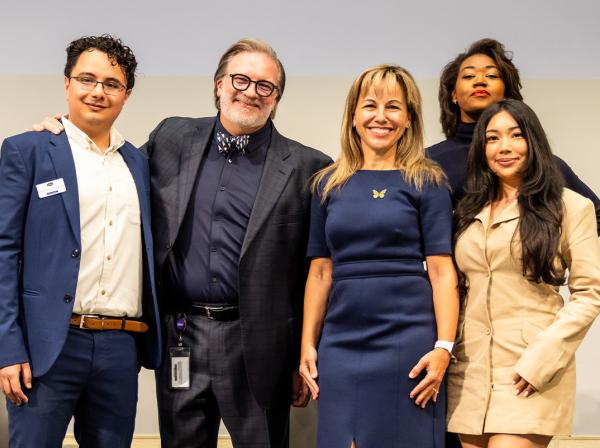Activating Artwork With Unique Perspective
At just four-years old, Michael Sharod Houston ‘23 was perfecting his drawing skills during church as he sat in the pew and sketched out roses. He was always drawn to animations that teach and make people feel good.
Children’s animations like Arthur and other PBS Kids shows spoke to him because it’s something the whole family can enjoy and learn from together. As he grew older, he continued drawing and his signature mark became the lead smudges over his sketches.
“Even when I would do my math problems in school, you would see the numbers all over the paper,” Houston said. “The way I show my work is very erratic. No one ever saw the beauty in my artwork.”
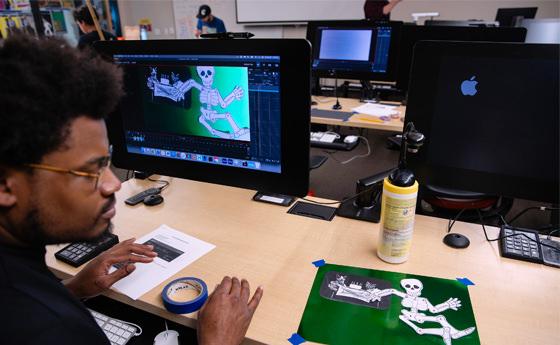
Today, he’s found passion breathing life into his artwork.
“I thought of animation as the natural progression of art,” Houston said. “I saw it as activating my work.”
Houston earned his Associate in Studio Art through Austin Community College taking dual-credit classes in high school. When it was time to further his studies, he searched for a program that focused on animation. He looked into The Art Institute of Austin and other colleges around town, but St. Edward’s was the only university offering an animation major — not just a few classes or workshops.
Offering him a fresh eye on details he overlooked, Houston valued the original outlooks and feedback from his classmates and professors, specifically in Animation Production.
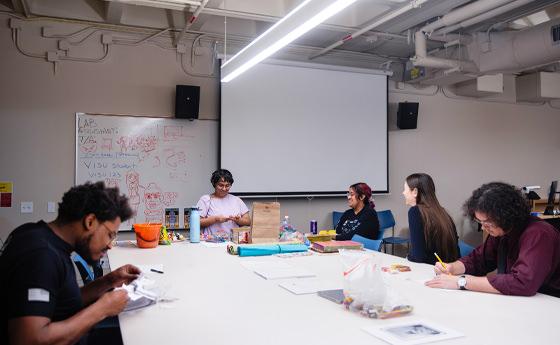
“My favorite part (of animating) is working with people who are in the studio. You make your own work, and you only have your own perspective,” Houston said. “You work with other people with unique perspectives. They have unique experiences, and it adds. It always helps to have more eyes on your work.”
Despite the artist’s name on his work, Houston credits his art to those who inspired him and helped strengthen his work.
Jeanne Stern, who teaches Animation Production, was one of those people. Professor Stern encouraged Houston to finesse his four-minute animated short-film, Genesis, which follows the stages of biblical creation. Houston returned to the project to fix timing, sharpen animations and clean up scenes. Genesis was selected for a screening at the YellowHammer Film Festival in Alabama.
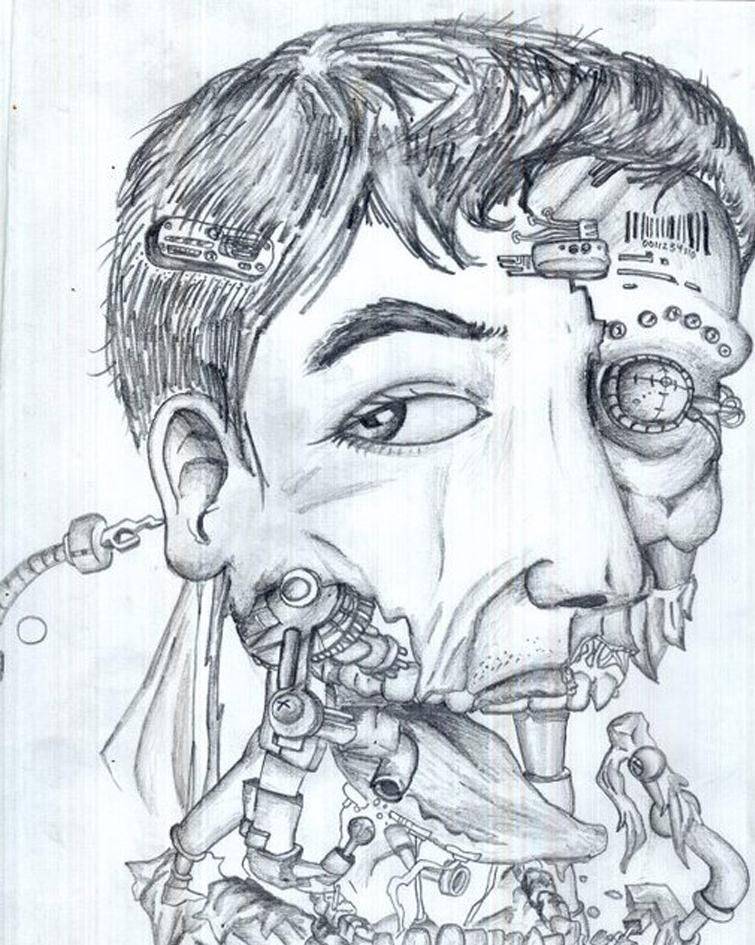
“Some of the festivals were through Zoom, but it was good to call and connect with judges and artists,” Houston said, “and it was a great experience — very inspiring and motivating.”
After graduation, Houston began networking with animators in the field, meeting with producers and applying for jobs. But due to the 2023 Writers Guild of America Strike, most studios weren’t in production; and the ones that were, weren’t looking to hire. Currently, Houston volunteers at the Austin Film Festival, watching and judging submissions. He has screened over 20 films, many of which are animated shorts, and enjoys working with and learning from the professionals in the office. He is also working on his new short film, Hazel, which follows a young woman and the horse she meets on her journey through the wilderness to find medicine for her sick grandfather.
It wasn’t until his final semester, when Houston enrolled in a course called Spiritual Ecology, that he understood just how his art is impacting others. Houston wasn’t interested in enrolling in a typical religion class to fulfill his major requirement, but Spiritual Ecology was able to teach him how others see spirituality in nature and how they see it in his art.
“I noticed a lot of my artwork has a lot of my beliefs in it — like Genesis, obviously, it is religious. But I use a lot of nature in my work, and it was just a style of mine that I liked. Until I took Spiritual Ecology, I didn't know that using nature in my work influenced an eco-friendly world,” Houston said.
“I thought of animation as the natural progression of art. I saw it as activating my work," Houston said.
And the public is starting to recognize the eco-friendly influence Houston’s work has on the world. His animated film, Winged Kats, was screened at two film festivals: The Animal Humane New Mexico's Feline Film Festival and ANIMART, an international film festival out of Athens, Greece.
Houston is embracing his art’s influence, even though he never sought to create art specifically for the earth.
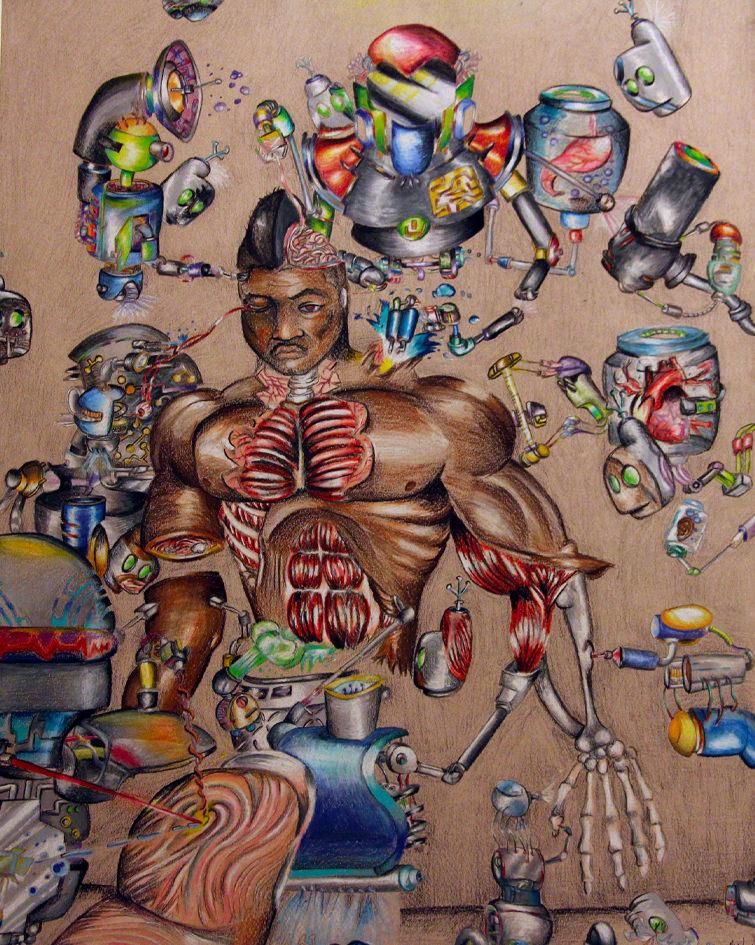
“I realized that I make the artwork and then others see ways that it has a positive impact on the world. I see that I never intentionally made work that’s good for the environment or good for animals,” Houston said, “but when people see that in my work, it makes me happy.”
In comics, animated film and even still images, Houston’s art exudes life and movement. It’s those small details classmates point out that perfect his work and bring it to life.
Now, his work is reaching the audiences who do see the beauty in his art, with animations embellished in bright colors and engaging every age range.
Your study of Animation at St. Edward’s will start with a solid foundation in drawing, script writing, and sequential art, then progress to visual design, storyboarding and sound design.
